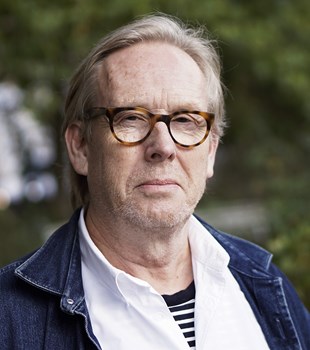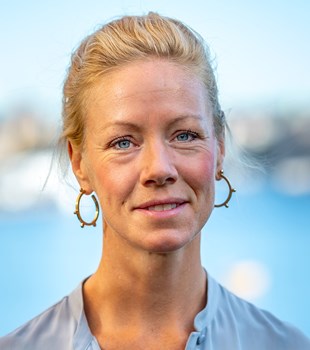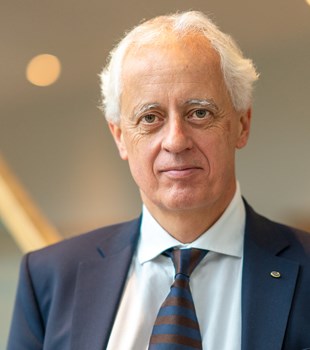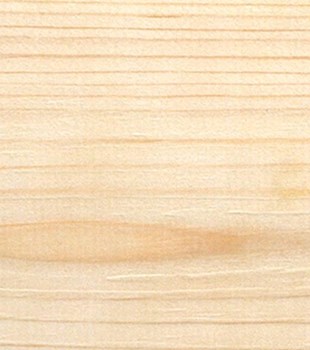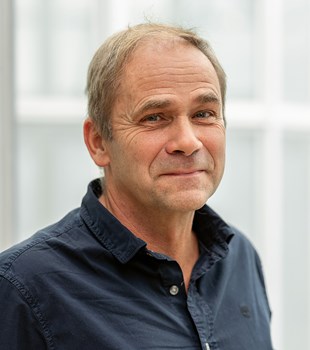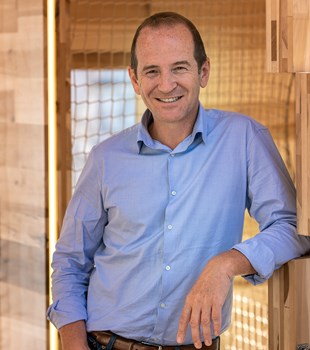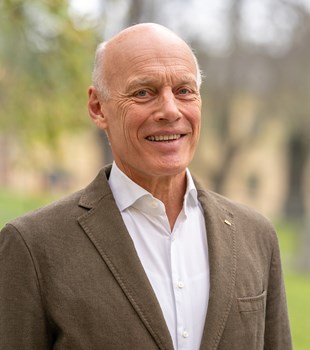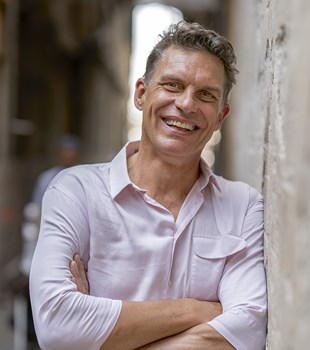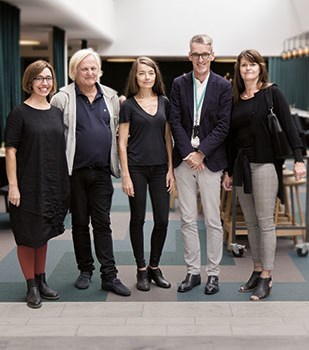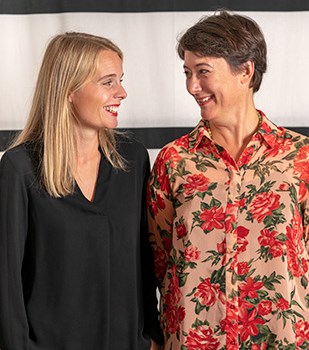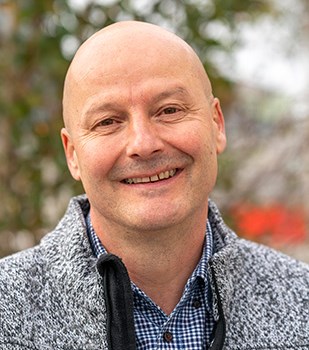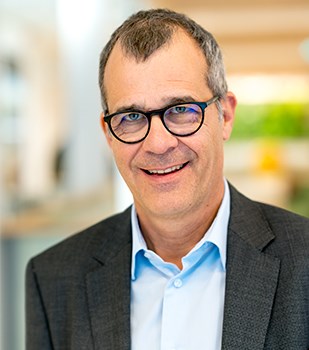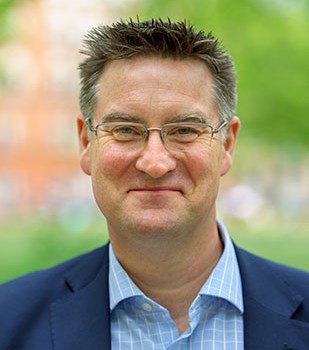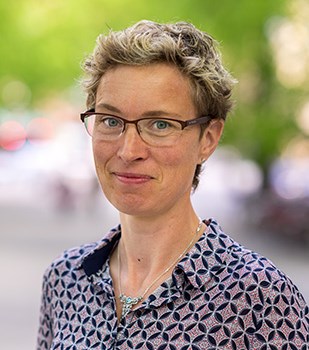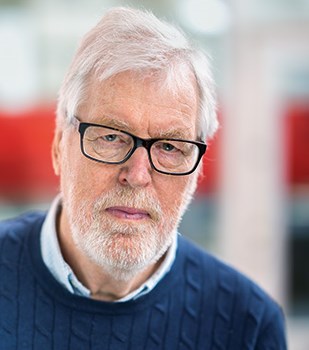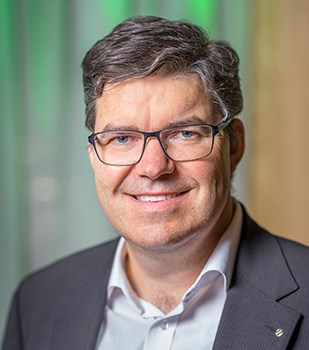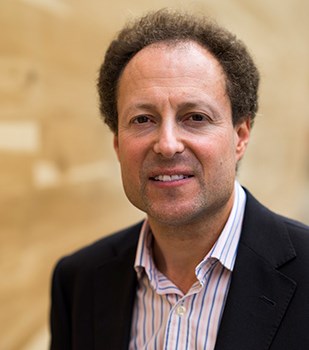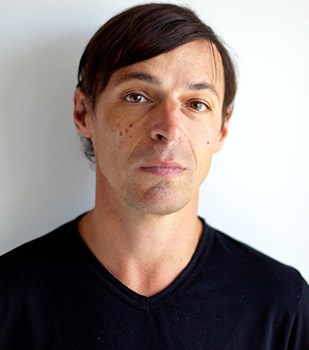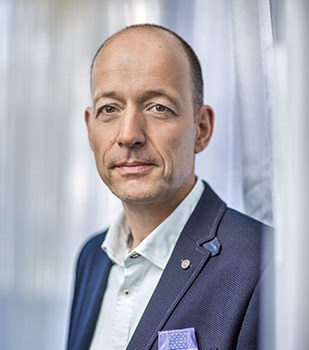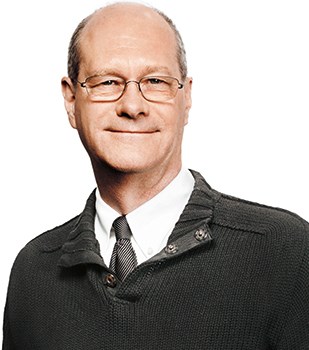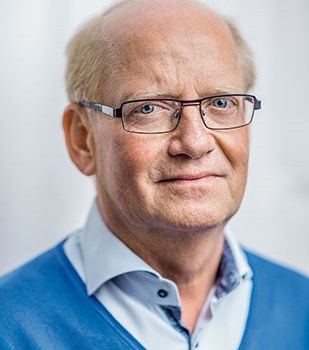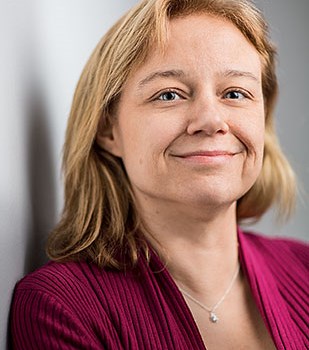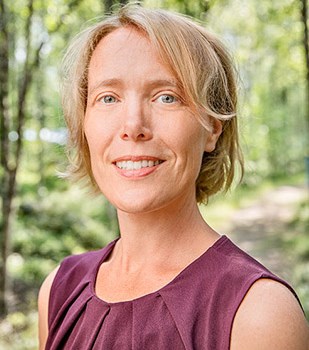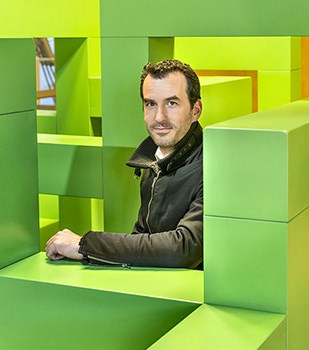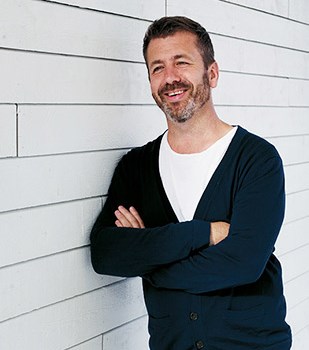What is meant by the term healing architecture?
That the physical environment can give a patient strength and help with healing and recovery, in both a physical and a mental sense. The actual mechanism at play seems to involve the environment’s contribution to reducing stress levels. Researcher and environmental psychologist Roger Ulrich is well known for his 1984 study of gallstone patients. Some of the patients in the study had views of nature and the others looked out onto a brick wall. Those with the views of nature remained in hospital for a shorter time, complained less about the treatment and took less medication. An environment richly packed with natural features becomes part of the healing architecture. Research has advanced since then, but actual knowledge about the importance of the physical environment remains limited.
Nature is what many people emphasise. And I also believe that natural materials, ones that we have an evolutionary connection with, could have an impact on our well-being, although we can’t say for sure that they have a healing effect. This is something I have started focusing on. I see myself as a researcher, in which case I need evidence to support my case. A lot of this is based on the psychiatric unit at Östra Hospital, which was completed in 2007. We incorporated a great deal of wood into the design and good results were achieved, including a clear reduction in the use of coercive measures on patients, but we have been unable to conclusively establish cause and effect.
Is it particularly difficult to find evidence?
It is hard to isolate a single factor. Do the rooms face in the same direction? Are the staff the same? And so on. There are potentially many different contributory factors. It is difficult to obtain results that prove the impact of an individual factor. In medicine, you can conduct more reliable double-blind studies, where only one parameter at a time is studied. Compared with medical research, these studies into the significance of the physical environment come a long way down the hierarchy of evidence.
Is it more difficult to verify the economic benefit of healing architecture than it is for medicine?
After Östra Hospital was completed, psychiatrist Lennart Bogren reported on the lower proportion of coercive measures in the anthology Arkitektur som medicin (Architecture as medicine). I gave it to Roger Ulrich at a conference and he referenced it directly in his presentation, saying “if the indicated effect of the physical environment had instead been achieved with a medicine, it would immediately have been a global sensation”. Wanting more investment in these environments, as architects, is partly about being able to get some kind of return. All the figures relating to the financial gains, or rather cost savings, that can be achieved in these healthcare contexts are incredibly persuasive.
How do you handle the contrast between intuition and being evidence-based?
Part of the problem is the way we gain knowledge. A key aspect of the Östra Hospital project was that the managers of the psychiatric unit considered architecture a tool for improving care. We thus had a perfect opportunity to conduct in-depth discussions about this over the whole course of the project. What should the wards look like? Working with pairs of images – comparing with other settings such as hotels – we were able to clearly show how different solutions change the experience, and get to the emotional dimension of all this.
How have you taken this further?
Many of these ideas are about understanding the nature of the patient’s experience in the psychiatric unit. The patients that are admitted are extremely ill. They need to be able to wake up in a comforting space, and gradually be able to function in a social context. It is about showing the patients that they have value. They should not see the environment as secured because they are potentially violent. Take away things that might be negative reminders of their illness.
What creates stress?
Researchers struggle to say exactly, and it becomes even more difficult when you relate it to the physical environment. But it seems increasingly likely that it is closely linked with our emotions. Different dimensions, such as mental, physical and social health, are often talked about. The social contexts also have a major impact on our health profile.
How do you inject these ideas into other projects?
At White we have a knowledge network, a research and development department. With office projects, for example, we discuss the need to be able to withdraw, be surrounded by wood and have natural daylight and views. Although a lot of research has focused on healthcare environments, other areas have also received attention. The design, for example, of activity-based office environments is generating considerable debate, but it may be that here other questions take precedence. Questions such as where my place is in the hierarchy and whether I belong to a group. There are so many factors that come into play.
In hospital settings, we discuss how an environment can be enriched and how people can get out into nature. We try to include secure gardens so that patients undergoing compulsory treatment will feel less shut in. We are incorporating all these ideas about the importance of nature in the Queen Silvia Children’s Hospital in Gothenburg. One of the features is an inner courtyard with trees and plenty of plants. You could say that we have only just begun nibbling at the edge of this broad and fascinating area.
text David Valldeby

